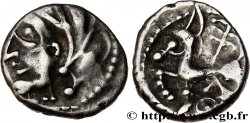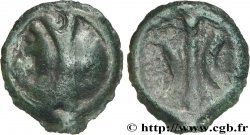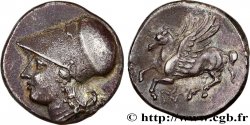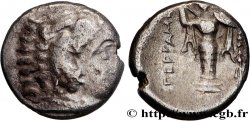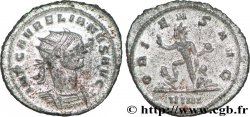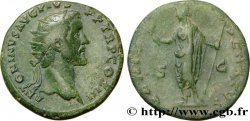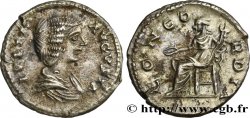E-auction 52-22574 - bga_242580 - GALLIA - BITURIGES CUBI (Area of Bourges) Divisionnaire uniface au glaive et à l’annelet pointé
You must signin and be an approved bidder to bid, LOGIN TO BID. Accounts are subject to approval and the approval process takes place within 48 hours. Do not wait until the day a sale closes to register. Clicking on « bid » constitutes acceptance of the terms of use of cgb.fr private e-auctions.
Bids must be placed in whole Euro amounts only. The sale will start closing at the time stated on the item description; any bids received at the site after the closing time will not be executed. Transmission times may vary and bids could be rejected if you wait until the last second. For further information ckeck the E-auctions F.A.Q.
NO BUYER'S FEE.
NO BUYER'S FEE.
| Estimate : | 100 € |
| Price : | 41 € |
| Maximum bid : | 41 € |
| End of the sale : | 14 April 2014 15:15:00 |
| bidders : | 5 bidders |
Type : Divisionnaire uniface au glaive et à l’annelet pointé
Date: c. 60-50 AC.
Metal : silver
Diameter : 10 mm
Orientation dies : 6 h.
Weight : 0,71 g.
Rarity : R3
Coments on the condition:
Monnaie exceptionnelle, sur un tout petit flan mais avec un type de revers centré et presque complet. Fine patine grise, légèrement brillante. Au droit, en faisant jouer la monnaie à la lumière, on devinerait les mèches d’une tête biturige, en très très faible relief (?)
Catalogue references :
Predigree :
ex VSO 45, n° 984
Obverse
Obverse legend : ANÉPIGRAPHE.
Obverse description : Lisse.
Reverse
Reverse legend : ANÉPIGRAPHE.
Reverse description : Cheval sexué libre au pas à gauche ; au-dessus un glaive ; sous le poitrail, un annelet pointé ; grènetis.
Commentary
Le type au glaive et à l’annelet pointé est bien connu, en denier ou quinaire (selon les appellations) d’environ 1,90 grammes. Seulement deux divisionnaires sont recensées ; le DT. 3438A “fraction au croissant” avec une réduction modulaire au niveau de la tête et un revers quelque peu différent au niveau du motif entre les jambes du cheval.
Une seconde division a été publiée sous le DT. S3436A, avec le même revers que la monnaie proposée ici avec le glaive et l’annelet pointé. Ces deux monnaies semblent lissent au droit.
The type with the sword and pointed ringlet is well known, in denarius or quinary (depending on the designation) of about 1.90 grams. Only two divisional coins are recorded; DT. 3438A “fraction with crescent” with a modular reduction at the head and a reverse somewhat different in terms of the motif between the horse’s legs. A second division was issued under DT. S3436A, with the same reverse as the coin offered here with the sword and pointed ringlet. These two coins appear smooth on the obverse
Une seconde division a été publiée sous le DT. S3436A, avec le même revers que la monnaie proposée ici avec le glaive et l’annelet pointé. Ces deux monnaies semblent lissent au droit.
The type with the sword and pointed ringlet is well known, in denarius or quinary (depending on the designation) of about 1.90 grams. Only two divisional coins are recorded; DT. 3438A “fraction with crescent” with a modular reduction at the head and a reverse somewhat different in terms of the motif between the horse’s legs. A second division was issued under DT. S3436A, with the same reverse as the coin offered here with the sword and pointed ringlet. These two coins appear smooth on the obverse







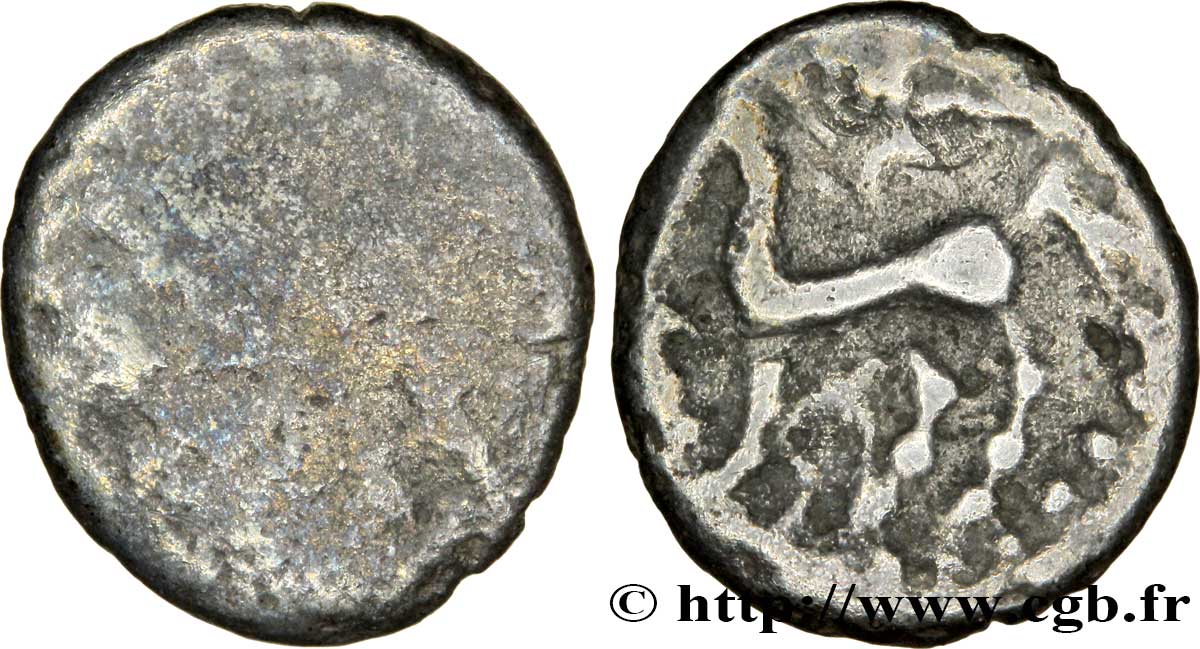
 Report a mistake
Report a mistake Print the page
Print the page Share my selection
Share my selection Ask a question
Ask a question Consign / sell
Consign / sell
 Full data
Full data

